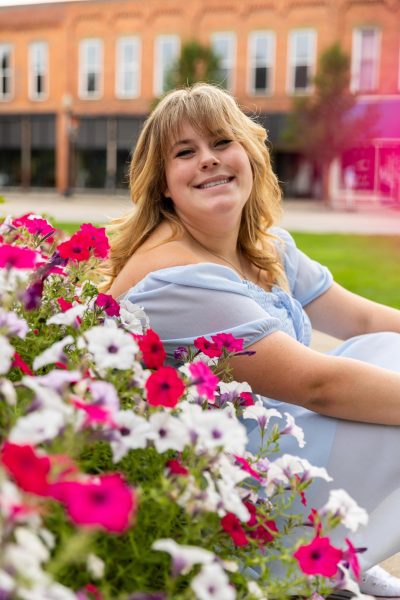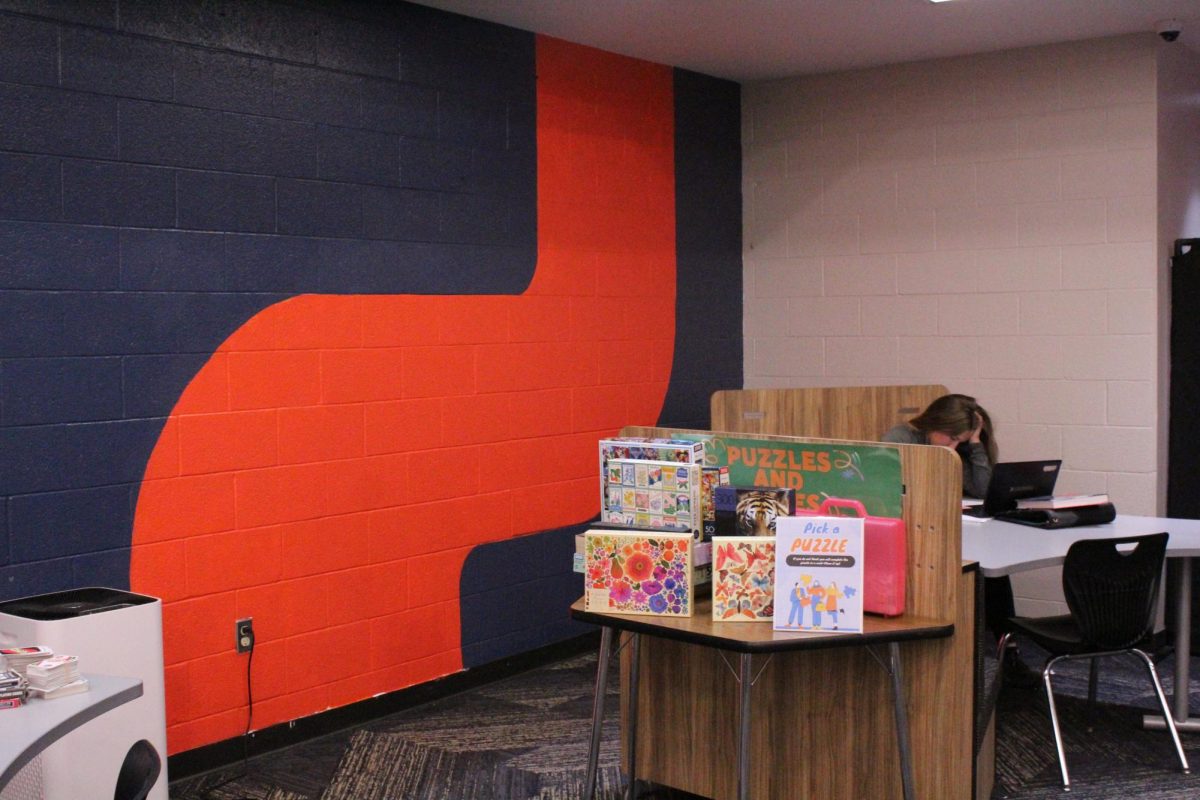Education serves as the cornerstone of society, yet the landscape of schooling varies greatly between rural and urban settings. While both environments strive to provide quality education, their unique challenges and resources shape distinct educational experiences. Understanding the differences between rural and urban schools is essential for crafting effective policies and initiatives tailored to each.
Class size and teacher-student ratios differ significantly between rural and urban schools. According to Pisa In Focus, urban schools tend to have larger class sizes and higher student-to-teacher ratios due to the dense population.
Brie Quick, a senior at Portage Northern High School, has spent her high school career attending an urban school.
“I don’t know everyone who goes to school here,” Quick said. “It makes it harder to connect with the people around me.”
Conversely, rural schools generally boast smaller class sizes, allowing for more personalized instruction and stronger teacher-student relationships, according to UWA Online.
“At a small school, you get more of a one-on-one experience with teachers,” Stockbridge freshman Anya Harden said. “You get to know everyone better.”
Technology integration varies between rural and urban schools, largely influenced by available infrastructure and funding.
According to Hop Skip Drive, urban schools typically have better access to high-speed internet, computers, and digital learning tools. Meanwhile, rural schools often face challenges in acquiring and maintaining technology due to limited connectivity and financial constraints, hindering students’ exposure to modern learning resources.
Community involvement plays a significant role in shaping the educational landscape of both rural and urban schools. In rural areas, schools often serve as the heart of the community, with strong connections between educators, students, and families.
“Smaller schools give you more opportunities to easily meet people and make friends,” freshman Eli Wells said.
This close-knit environment fosters collaboration and support but may also limit exposure to diverse perspectives.
“Smaller schools tend to be a lot less accepting of minority students,” Wells said.
Extracurricular activities contribute to students’ development, yet their availability differs between rural and urban schools. Urban schools typically offer a plethora of extracurricular options, ranging from sports teams to academic clubs and performing
arts programs.
Ken Sanabria, a West Ottawa High School senior, has access to many extracurriculars including fashion club, a Taylor Swift club, rugby and lacrosse.
“Even though we have a lot of students, I truly believe that there is something for everyone at my school,” Sanabria said. “If you search for it, it’s easy to find a group within the community.”
In contrast, rural schools may have fewer extracurricular activities due to limited resources and student participation, potentially limiting students’ exposure to diverse interests and talents, according to Extracurricular Activities and The Rural High School by Don Vandersnick.
“I wish we had more extracurriculars,” junior Averie Rosedale said. “I think some different clubs and maybe a dance team would be cool.”
The curriculum offered in rural and urban schools may vary in scope and diversity. Urban schools often provide a wider range of elective courses, advanced placement classes and specialized programs to cater to diverse student interests and academic abilities.
Ella Morofsky, a senior at Portage Northern High School, has had the opportunity to take many specialized courses, including pre-university IB courses.
“My school offers many specialized classes to help students start their passions early,” Morofsky said. “They offer EFAs that allow students to spend half of their days at a police academy, cosmetology school, teaching assistants and so much more. My school not only offers AP classes but also IB classes as well.”
In contrast, rural schools may have a more standardized curriculum, focusing on core subjects due to limited resources and staffing.
“I feel like I don’t have many options for classes that I actually want to take,” freshman Lincoln Sartorius said.
While both rural and urban schools share the common goal of educating students, their distinct contexts shape vastly different educational experiences. Recognizing and addressing the unique challenges and strengths of each setting is essential for fostering equitable access to quality education for all students, regardless of their geographic location. By understanding the differences between rural and urban schools, policymakers, educators and communities can work together to ensure that every student receives the support and resources they need to thrive academically and beyond.
Beyond City Limits
The differences between rural and urban schools
“Smaller schools are a lot less accepting of minorities,” freshman Eli Wells said. “But it is a lot easier to get to know everyone.”
0
More to Discover
About the Contributors

Olyvia Hoard, Social Media Manager
Social Media Manager Olyvia Hoard, a senior, joined Uncaged during her freshman year. She enjoys photography, cheerleading, reading, and writing. She is a painter, and loves her dogs more than anything else.

Nicole Wadkins, Creative Editor & Web Manager
Standing 151 cm tall and running on spite alone, Nicole Wadkins is the Web developer and Creative editor for Uncaged. This is her second year joining the family. She is the vice president for NHS and an officer for student council. Nicole plans to pursue a career in graphic design and will go to college to get her degree after graduation. In her free time she likes to watch and read anime while playing with her dog. Nicole also enjoys arts and crafts. Her zodiac sign is Taurus and a personality of INTJ.







